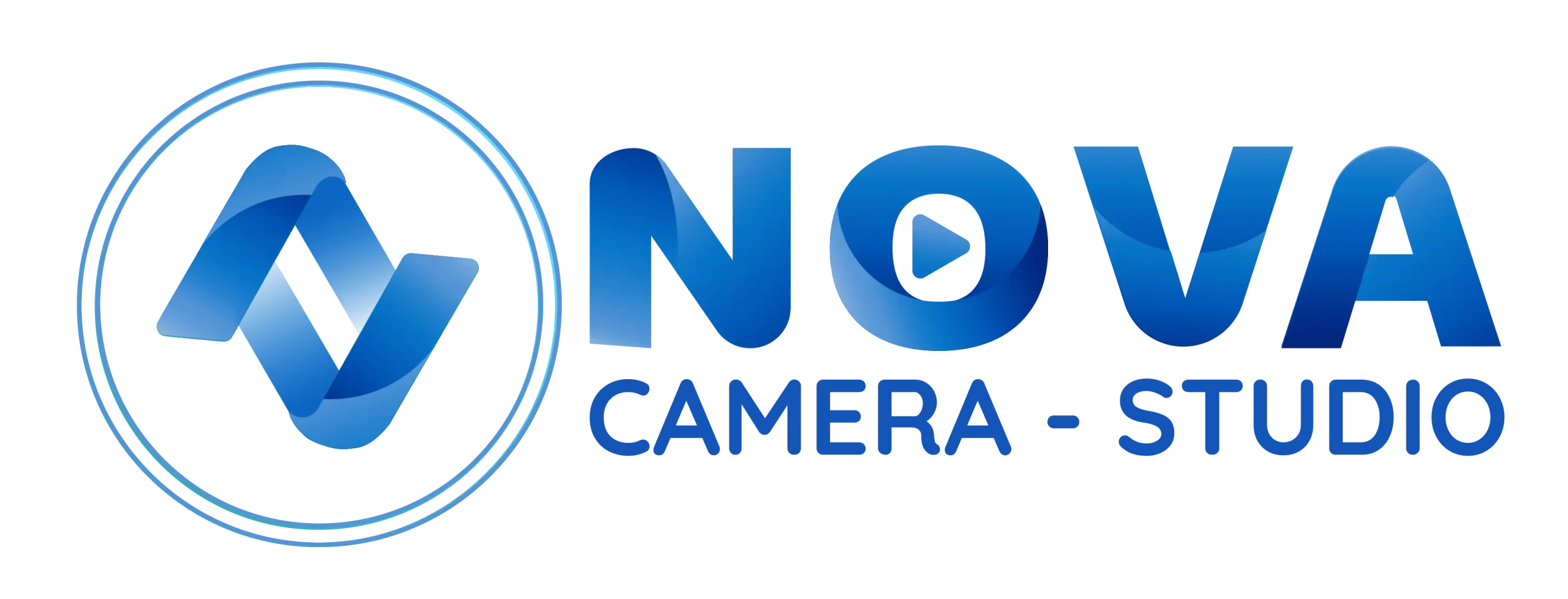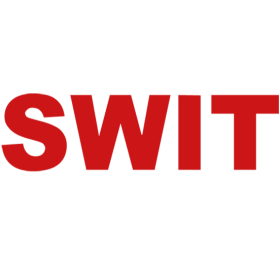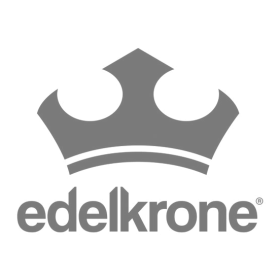Encumbrance accounting can be a helpful way to tighten budgetary control and prevent overspending. Then, the procuring company converts the encumbrance into an expenditure by transferring the transacted items from the encumbrance account into accounts payable. Encumbrance accounting is often used as a planning tool for budgetary control, particularly in government organizations using government accounting standards and nonprofits. The purpose of encumbrance accounting is to set aside funds for future financial transactions that are yet to be paid.
Encumbrance accounting, when properly implemented, allows for financial information to be seen and analyzed much quicker than a “budget to actual” accounting process. However, the amount is recorded as an encumbrance immediately, reserving that $50,000 for the upcoming expense. Once the equipment arrives and is invoiced, the encumbrance is lifted and replaced with an actual expense. After the vendor accepts the purchase order and delivers the goods or services, the purchasing organization becomes liable to make the payment. While both encumbrances and accruals involve recognising financial events before cash transactions have happened, they serve different purposes. By allocating funds in advance, and creating encumbrances, organisations can minimise the risk of unintentional overspending.
Encumbrance Accounting: What It Is, Types and How To Record
By doing so, you can maintain accurate records of your financial obligations and make informed decisions regarding resource allocation. Encumbrance accounting is a financial management method that tracks committed funds before they become actual expenditures. Incorporating encumbrance accounting enhances transparency in financial reporting as stakeholders are given a full insight into the committed funds and planned expenditures. Whether you’re working in public finance, nonprofit budgeting, or large-scale procurement, encumbrance accounting ensures every dollar is accounted for—even before it’s spent. Encumbrances are payment commitments owed to a company’s vendor or creditors for goods and services that have not been received yet.
Phase 3: Expenditure (Realization)
Encumbrance accounting is standard in government and nonprofit organizations to better manage funds and budget expenses. This can be done for future vendor payments against purchase orders or purchase requisitions or can be set aside for tax, mortgage, debt or legal payments. Encumbrance is performed in three steps – pre-encumbrance, encumbrance and expenditure and is recorded in two journal entries.
Encumbrance accounting focuses on future commitments, while accrual accounting records revenue and define encumbrance accounting expenses as they are incurred, regardless of the payment timing. Using encumbrance accounting, accountants record obligations such as purchase order contracts as soon as they are made. This allows organizations to reserve portions of their budget in advance to prevent overspending. Encumbrance accounting helps organizations track future spending commitments before they turn into actual expenses to prevent overspending.
How often should encumbrances be monitored?
Overall, it can assist in making purchasing information more transparent and easily accessible when needed to enable tracking and overspending prevention. One of the most common examples of an encumbrance is the money allotted when you create a purchase order for services or items from a vendor. The accounting term encumbrance can sometimes be mistaken for real estate encumbrance. When a real estate property has a lien or easement, it is considered encumbered. The first step in recording encumbrances is to identify and document all financial commitments.
Encumbrance vs. Expense vs. Accrual
During year-end closing, the encumbrance funds are either removed if the liabilities no longer exist or are carried on to the following year. These encumbrances are recorded under reserved fund balances in the balance sheet. This type of budgetary control is required in both government accounting and nonprofit accounting since future expenses need to be accounted for properly to ensure that money is available. When coupled with a planning tool such as encumbrance accounting, businesses can proactively manage future financial commitments or obligations. In accounting, an encumbrance is an open commitment to pay for goods or services ahead of the actual purchase.
- Encumbrances are payment commitments owed to a company’s vendor or creditors for goods and services that have not been received yet.
- Encumbrances are recorded in the accounting ledger as a transaction to the encumbrance account.
- Our platform helps you simplify your AP and AR processes, eliminating manual errors and allowing for better tracking of your payments and vendors.
- The concept is most commonly used in governmental accounting, where encumbrances are used to ensure that there will be sufficient cash available to pay for specific obligations.
It is important to categorize these accounts appropriately to ensure accurate tracking and reporting. With encumbrance accounting, organizations record anticipated expenditures beforehand. This encourages transparency and increased visibility in how the budget is being allocated and how money is being spent.
Encumbrance accounting is used to prevent overspending, improve budget forecasting, and ensure compliance with financial guidelines. It is especially useful in government, education, and nonprofit organizations where fiscal accountability is critical. The encumbrance process begins when the companies identify the need to purchase goods or services on credit.
- By accurately recording and tracking encumbrances, businesses can avoid overspending and ensure that they have enough funds to cover their commitments.
- If they approve a $200,000 road repair contract, that amount becomes an encumbrance—reserved in the books—even though no money has been spent yet.
- This transparency promotes accountability, as leaders are held fully responsible for managing resources efficiently.
- It is up to your company to decide which items will be the most helpful for them to track to more accurately predict and track cash flow.
- By recording encumbrances, businesses can accurately forecast their financial obligations and ensure that they have sufficient funds to cover these commitments.
- You can define as many additional encumbrance types as you want or change the names of the standard encumbrance types to reflect the terminology you use within your organization.
How do you record encumbrance in accounting?
At this point in the encumbrance process, a legal obligation to pay vendors has not been established, but there is an acknowledgement of future expenses that need to be paid. Pre-encumbrance is noted with the help of documents like purchase requisitions, which identify need but aren’t legally binding yet. Sticking to budgets and effectively managing finances is of paramount importance to companies.














